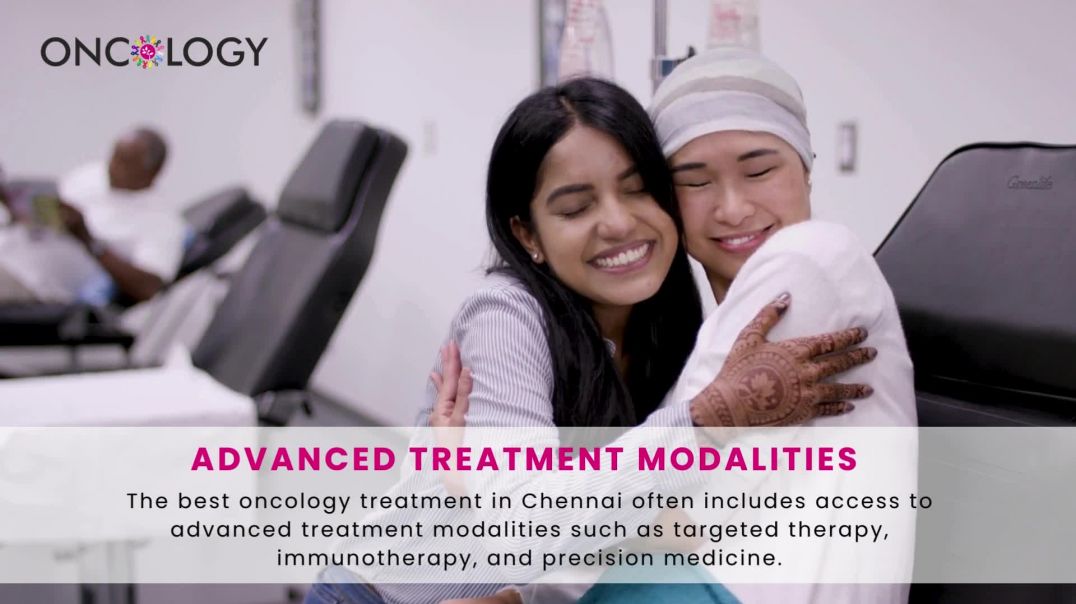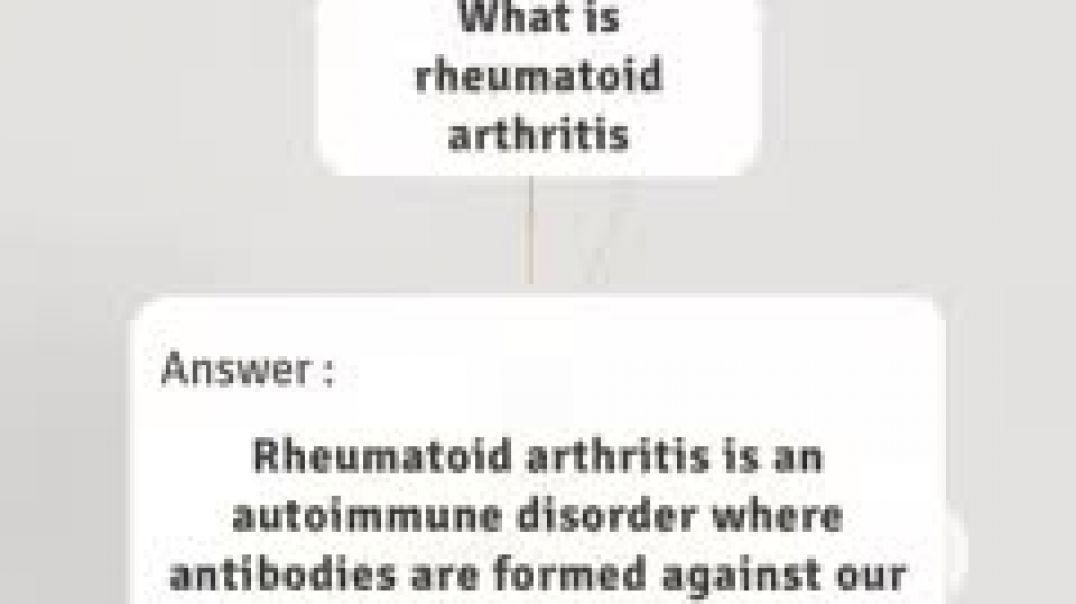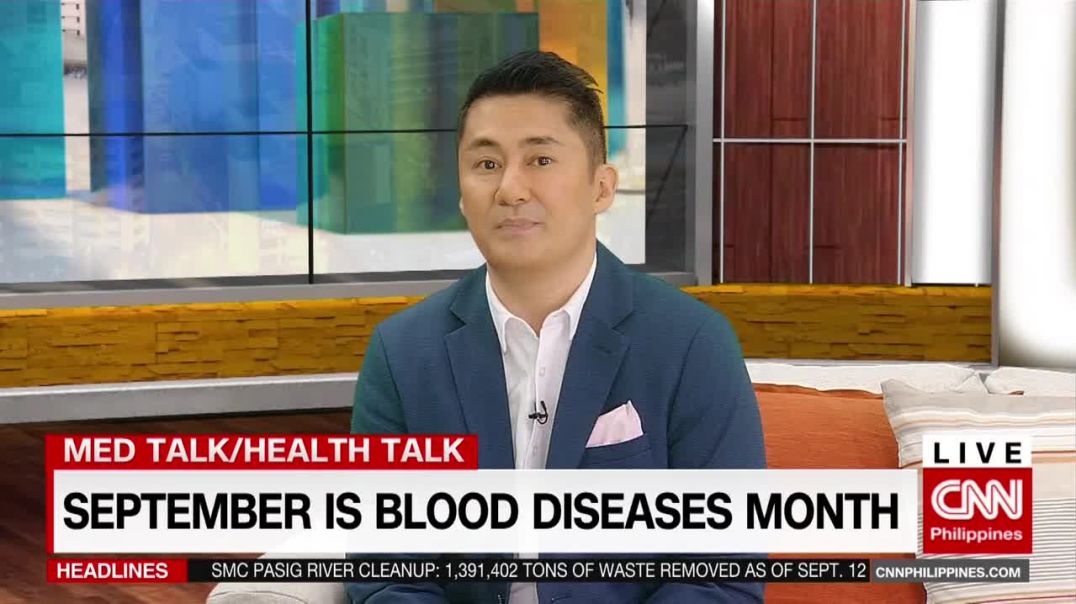Typical Treatment of Chronic Lymphocytic Leukemia
Typical Treatment of Chronic Lymphocytic Leukemia
Treatment options for chronic lymphocytic leukemia (CLL) can vary greatly.
Many people live a long time with CLL, but in general it is very hard to cure, and early treatment hasn't been shown to help people live longer. Because of this and because treatment can cause side effects, doctors often advise waiting until the disease is progressing or bothersome symptoms appear, before starting treatment.
If treatment is needed, factors that should be taken into account include the patient’s age and overall health, and prognostic factors such as the presence of deletions in chromosomes 17 or 11, or high levels of ZAP-70 and CD38.
Initial treatment of CLL
Drugs that may be used
Many different drugs and drug combinations can be used as the first treatment for CLL. The options include monoclonal antibodies, other targeted drugs, chemotherapy, and different combinations of these.
Some of the more commonly used treatments include:
Ibrutinib (Imbruvica), alone or with rituximab (Rituxan)
Acalabrutinib (Calquence), alone or with obinutuzumab (Gazyva)
Venetoclax (Venclexta) and obinutuzumab
Venetoclax alone, or with rituximab
Bendamustine and rituximab (or another monoclonal antibody)
High-dose prednisone and rituximab
FCR: fludarabine, cyclophosphamide, and rituximab
PCR: pentostatin, cyclophosphamide, and rituximab
Chlorambucil and rituximab (or another monoclonal antibody)
Obinutuzumab
Ibrutinib and obinutuzumab
Alemtuzumab (Campath), alone or with rituximab
Other drugs or combinations of drugs may also be used.
Radiation or surgery
If the only problem is an enlarged spleen or swollen lymph nodes in one part of the body, localized treatment with low-dose radiation therapy may be used. Splenectomy (surgery to remove the spleen) is another option if the enlarged spleen is causing symptoms.
Leukapheresis
Sometimes very high numbers of CLL cells in the blood cause problems with normal circulation. This is called leukostasis. Chemo may not lower the number of cells until a few days after the first dose, so before the chemo is given, some of the cells may need to be removed from the blood with a procedure called leukapheresis. This treatment lowers blood counts right away. The effect lasts only for a short time, but it may help until the chemo has a chance to work. Leukapheresis is also sometimes used before chemo if there are very high numbers of leukemia cells (even when they aren’t causing problems) to prevent tumor lysis syndrome. (This was discussed in the chemotherapy section.)
Stem cell transplant
Some people who have very high-risk disease (based on prognostic factors ) may be referred for possible stem cell transplant (SCT) early in treatment.
Second-line treatment of CLL
If the initial treatment is no longer working or the disease comes back, another type of treatment often helps. If the initial response to the treatment lasted a long time (usually at least a few years), the same treatment might be used again. If the initial response wasn't long-lasting, using the same treatment isn't as likely to be helpful. The options will depend on what the first-line treatment was and how well it worked, as well as the person's overall health.
Many of the drugs and combinations listed above (as well as others) may be options as second-line treatments, too. Targeted therapy and monoclonal antibody drugs are commonly used, alone or in combination. Other chemo drugs may also be tried.
If the leukemia responds, stem cell transplant may be an option for some patients.
Some people may have a good response to first-line treatment (such as fludarabine) but may still have some evidence of a small number of leukemia cells in the blood, bone marrow, or lymph nodes. This is known as minimal residual disease. CLL can't be cured, so doctors aren't sure if further treatment right away will be helpful. Some small studies have shown that alemtuzumab can sometimes help get rid of these remaining cells, but it's not yet clear if this improves survival.
Treating complications of CLL
One of the most serious complications of CLL is a change (transformation) of the leukemia to a high-grade or aggressive type of non-Hodgkin lymphoma (NHL) called diffuse large B-cell lymphoma (DLBCL) or to Hodgkin lymphoma. This happens in 2% to 10% of CLL cases, and is known as Richter's transformation. Treatment is often the same as it would be for lymphoma and might include stem cell transplant, because these cases are often hard to treat.
Less often, CLL may progress to prolymphocytic leukemia. As with Richter syndrome, this, too, can be hard to treat. Some studies have suggested that certain drugs such as cladribine (2-CdA) and alemtuzumab may be helpful.
In rare patients with CLL, the leukemia transforms into acute lymphocytic leukemia (ALL). If this happens, treatment is likely to be similar to that used for patients with ALL.
-
Category


















![Actinic Keratosis Treatment and Cancer Potential - Eyelid, Face, and Neck [Dermatology Course 32/60]](https://i.ytimg.com/vi/ffcHWDpKZqQ/maxresdefault.jpg)



No comments found